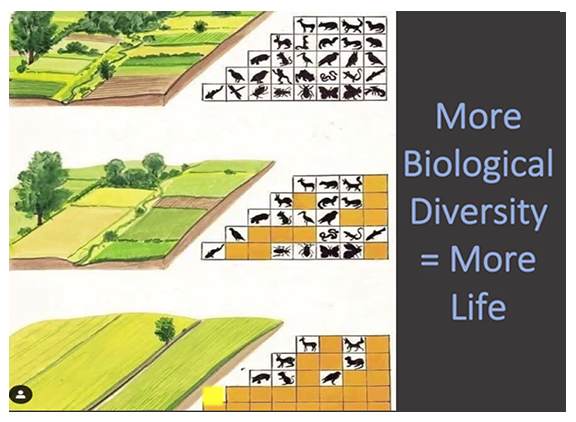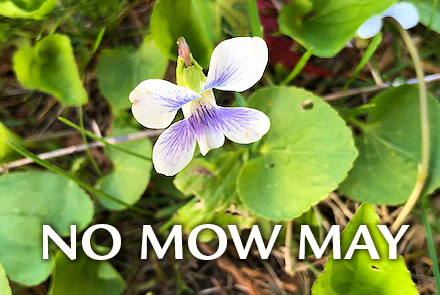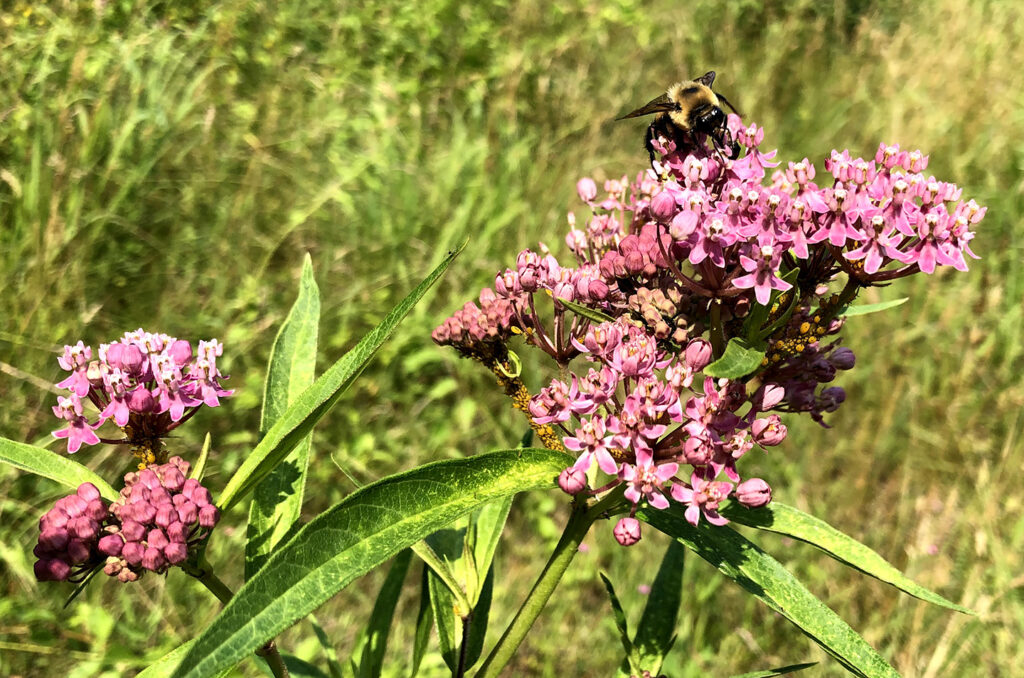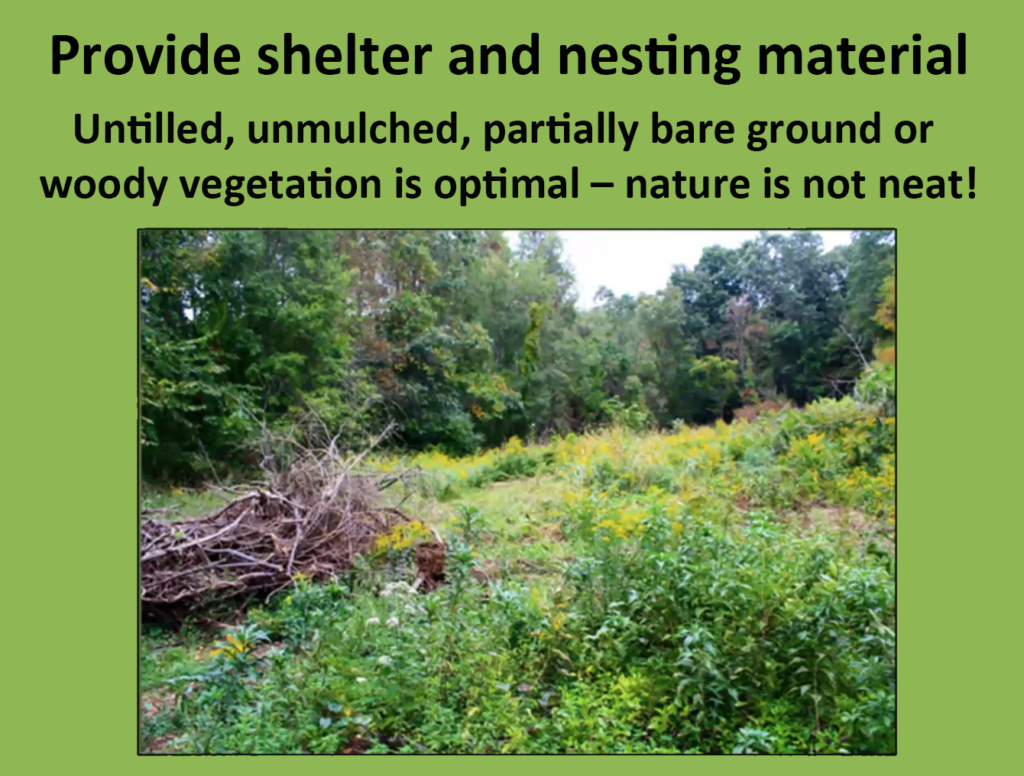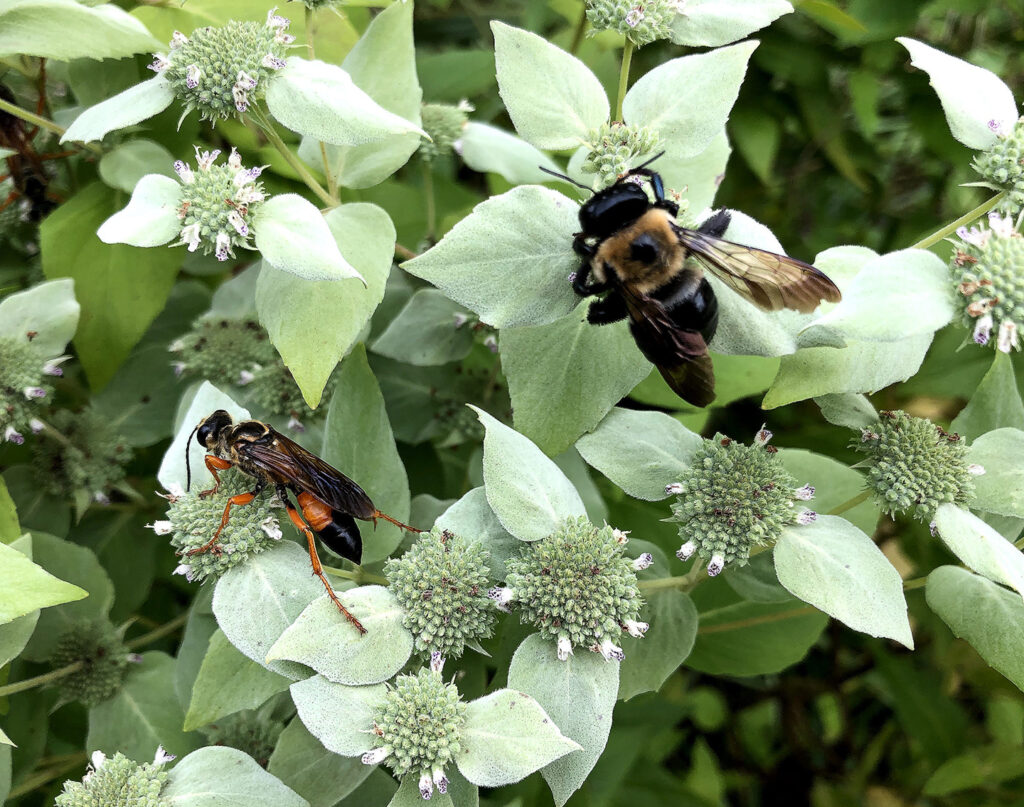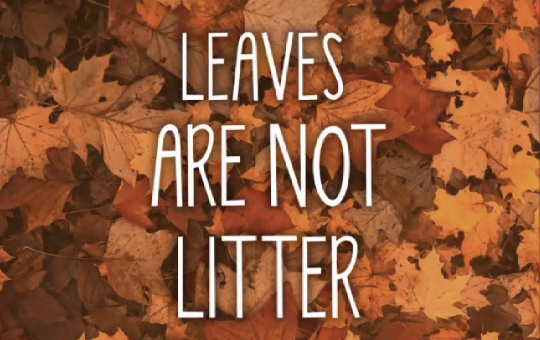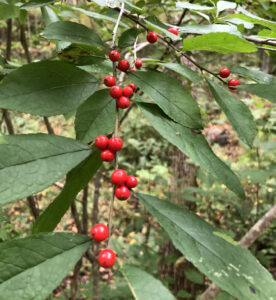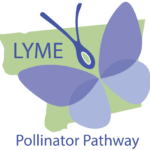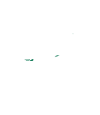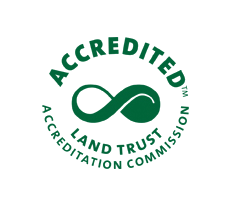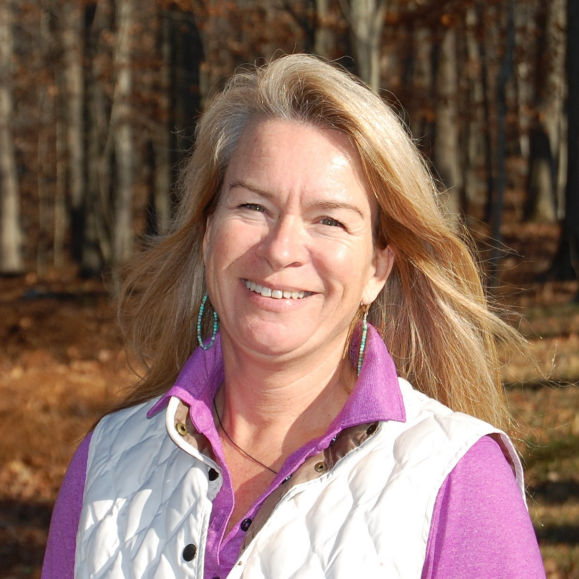Bee Pollinator-Friendly
What you can do to Bee Pollinator-Friendly. It’s easy!
- Rethink your idea of beauty in your landscape. Create habitats for pollinators that provide shelter, diverse native vegetation for nourishment, and water. Perfectly manicured lawns do not support biodiversity.
- Plant native pollinator-friendly plants and welcome the native creatures that live on them. Add native plants to your ornamental garden. Even just one large container planting will help. Growing native flowers, trees, and shrubs benefit pollinators who depend upon specific native host plants for survival.
- Gobotany.
- Lady Bird Johnston Wildflower Center.
- Local Keystone Native Plants List–Lists how many insects each plant supports
- Selecting Plants for Pollinators
- Staright Native Species vs. Nativars. Click on graphic to enlarge.
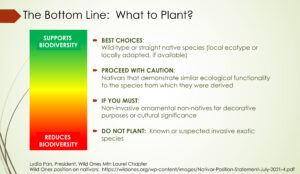
- Leave the leaves. Leave garden and meadow plants to “winter over”. The seeds and berries feed birds. Drying and then rotting leaves and stems shelter eggs and larva of butterflies and other insects through the winter. Allow larva time to hatch in the spring before disturbing the beds. Relax and enjoy the colors of fall instead of leaf blowing. 6-excuses-to-avoid-yard-work-this-fall.
- Avoid the use of chemicals–pesticides, herbicides, fertilizers and rodenticides. Don’t kill native caterpillars and larva that are feeding on your native plants. No caterpillars = no butterflies. No insects = no insect-eating birds. Learn to love holey leaves and petals.
Never use neonicotinoids or buy plants treated with neonicotinoids. The poison remains in the plants for months and is particularly deadly to bees. Buy your plants from reputable garden centers.
For a list of pesticides harmful to pollinators.
Limit the use of nitrogen and phosphorus fertilizers, which are contributing to the degradation of groundwater and water body ecosystems. To learn recommend practices, read the article: Nitrogen and Phosphorus Fertilizer Recommendations for Lawns Based on Water Quality Considerations.Never use rodenticides. Rodenticides cause unintended consequences by killing the birds and other animals that prey on the rodents that are poisoned
Learn about rodenticides and alternative pest control. Learn to identify and control invasive plants. Invasive plants crowd out native plants. They do not provide good nutrition and pollinators that eat them may not have enough energy to survive the long journey for migration. Poison Ivy, although hated by humans, is a native plant and is not considered an invasive species. It is beneficial to native wildlife. That does not mean you can’t remove it.:)
Invasive Plant Educational Video by 14-year old Julian Wiillauer-Chung, starring Tink Willauer, LPP team member.
CT Invasive Working Group Invasive Plant Mangagement Calendar
For Invasive Plant Species Education Resources.Recognize and control Asian Jumping Worms. Although no earthworms are native, most are beneficial. Jumping worms however process surface leaf litter and mulch in a way that renders the soil unusable by plants. Look out for soil that looks like coffee grounds or brown popcorn. The egg casings are spread by the transfer of soil.
How to identify Jumping Worms
For a fact sheet from From the CT Agricultural Extension Center
From Cornell University
Coping with Jumping Worms podcast- Get your soil tested to know what plants will thrive.To prepare your garden by smothering unwanted vegetation, try sheet mulching.
- Provide a source of water for drinking and bathing. Place a rock or rocks in your birdbath to help insects climb in and out.
- Only use lighting when necessary. Excess lighting and glare negatively affect birds and other pollinators, and people. Shield outside lights. If safety is a concern, install motion detector lights and timers. Draw the curtains or shades at night to keep light inside. For an excellent webinar on light pollution, click here. Visit the International Dark SkyAssociation webpage Click here.
10. Join the Pollinator Pathway and Help Save our Pollinators!
Register Your Pollinator Patch
Contact us! Email LymePollinator@gmail.com
